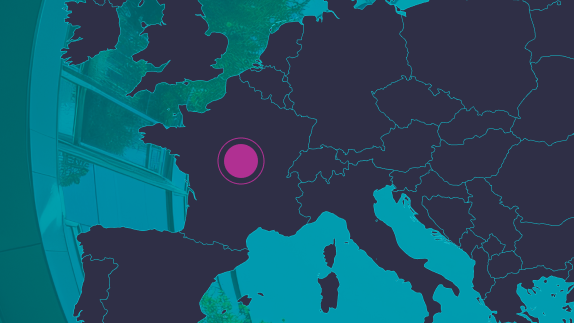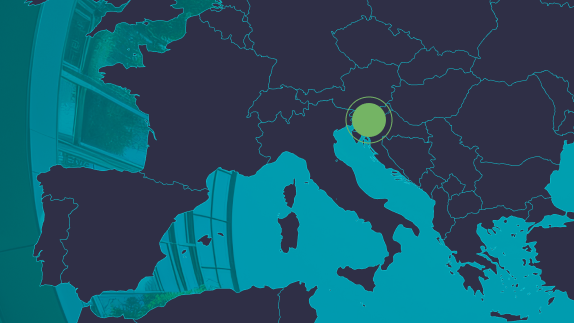This page is part of the report Building Prosperity: Unlocking the Potential of a Nature-Positive, Circular Economy for Europe. Explore the full report to delve into all focus areas, strategies, and key recommendations, or browse the entire case study collection to see these strategies in action.
Strategy: Maximise – strategically increasing tree canopies
Location: Vitoria-Gasteiz, Spain
The city of Vitoria-Gasteiz in northern Spain exemplifies the transformative power of urban greening. Named the 2012 European Green Capital and having received the UN’s Global Green City award in 2019, VitoriaGasteiz has integrated extensive green infrastructure into the urban fabric, designed with accessibility as a priority to encourage active and healthy lifestyles, and boost social interaction.
The city is encircled by a 30 km ‘green ring’, a project designed to regenerate the city’s degraded urban belt. This network of urban and peri-urban parks, which is connected by walking and cycling lanes, ensures that every citizen or visitor is now just a few minutes’ walk from a green space. Vitoria-Gasteiz’s ‘walks for health’ programme was launched in 2010 to promote the use of the green space and foster long-term social bonds. By organising a schedule of daily walks, ranging in intensity to provide the service for a diverse group of ages, citizens were encouraged to do regular physical exercise and be more informed about new routes across the city. Since 2009, the city has also developed an intermodal transport scheme, reducing pollution and noise levels, and increasing pedestrian areas by more than 64%, giving streets back to people.
The expansion of green spaces across the city is underpinned by the Green Urban Infrastructure Strategy, which was launched by the City Council of VitoriaGasteiz in 2012. The strategy’s main objectives are to regenerate degraded areas, enhance urban biodiversity, and improve the connectivity and functionality of urban green spaces. These last two objectives refer to the way green spaces are linked together and how well they serve various ecological and social functions. Since the launch of the strategy, the city and its people have planted over 165,000 trees, well over half of its initial target of 250,000, making it the provincial capital with the highest density of green areas per inhabitant.
At the heart of Vitoria-Gasteiz’s commitment to nature-positive urban development is a mindset shift which views trees and green spaces not only as added value in terms of aesthetics or biodiversity, but also as a provider of wider co-benefits. These include air temperature regulation, carbon sequestration, stormwater management, and air purification, each contributing to a healthier and more livable space for its citizens. In just over a decade, VitoriaGasteiz has become a dense mosaic of urban biodiversity-rich green spaces, offering a lush, habitable environment for its citizens, and setting a benchmark for cities worldwide in nature-positive urban development.
















